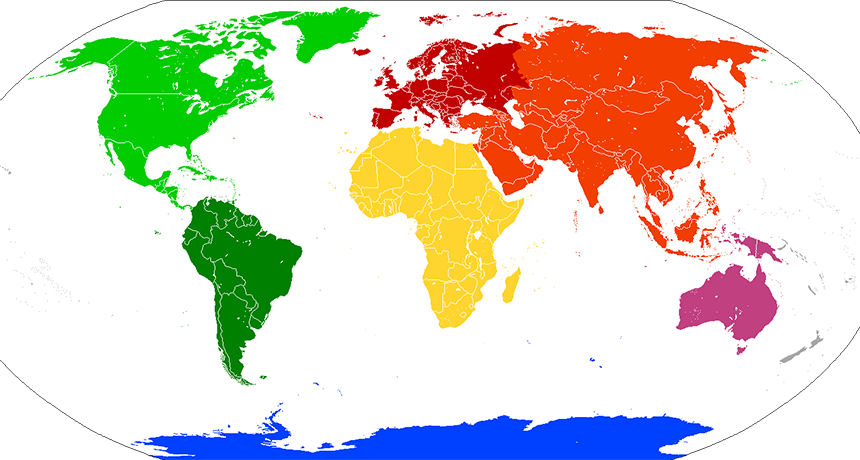Antarctica A continent mostly covered in ice, which sits in the southernmost part of the world.
continent (in geology) The huge land masses that sit upon tectonic plates. In modern times, there are six established geologic continents: North America, South America, Eurasia, Africa, Australia and Antarctica. In 2017, scientists also made the case for yet another: Zealandia.
continental crust (in geology) Rock that underlies most of Earth’s continents. It is less dense than ocean crust and sort of floats above ocean crust in regions where the two may meet and collide. This material is typically formed of rocks such as granite.
crust (in geology) Earth’s outermost surface, usually made from dense, solid rock.
Eurasia That part of the globe covered by Europe and Asia.
geology The study of Earth’s physical structure and substance, its history and the processes that act on it. People who work in this field are known as geologists. Planetary geology is the science of studying the same things about other planets.
Greenland The world’s largest island, Greenland sits between the Arctic Ocean and North Atlantic. Although it is technically part of North America (sitting just east of Northern Canada), Greenland has been linked more politically to Europe. Indeed, Vikings arrived in Greenland around the 10th century, and for a time the island was a colony of Denmark. In June 2009, Greenland became an independent nation. Ice covers roughly 80 percent of Greenland. Indeed, the Greenland ice sheet is the world’s largest. If its frozen water were to melt, it could raise sea levels around the world by 6 meters (about 20 feet). Although this is the 12th biggest nation (based on surface area), Greenland averages the fewest people per square kilometer of its surface area.
New Zealand An island nation in the southwest Pacific Ocean, roughly 1,500 kilometers (some 900 miles) east of Australia. Its “mainland” — consisting of a North and South Island — is quite volcanically active. In addition, the country includes many far smaller offshore islands.
Zealandia The name for a proposed new continent that sits largely submerged beneath the ocean. If confirmed, it would be the smallest continent. The only easily visible parts of it are New Zealand and New Caledonia. These islands rise east of Australia in the Southern Hemisphere.








